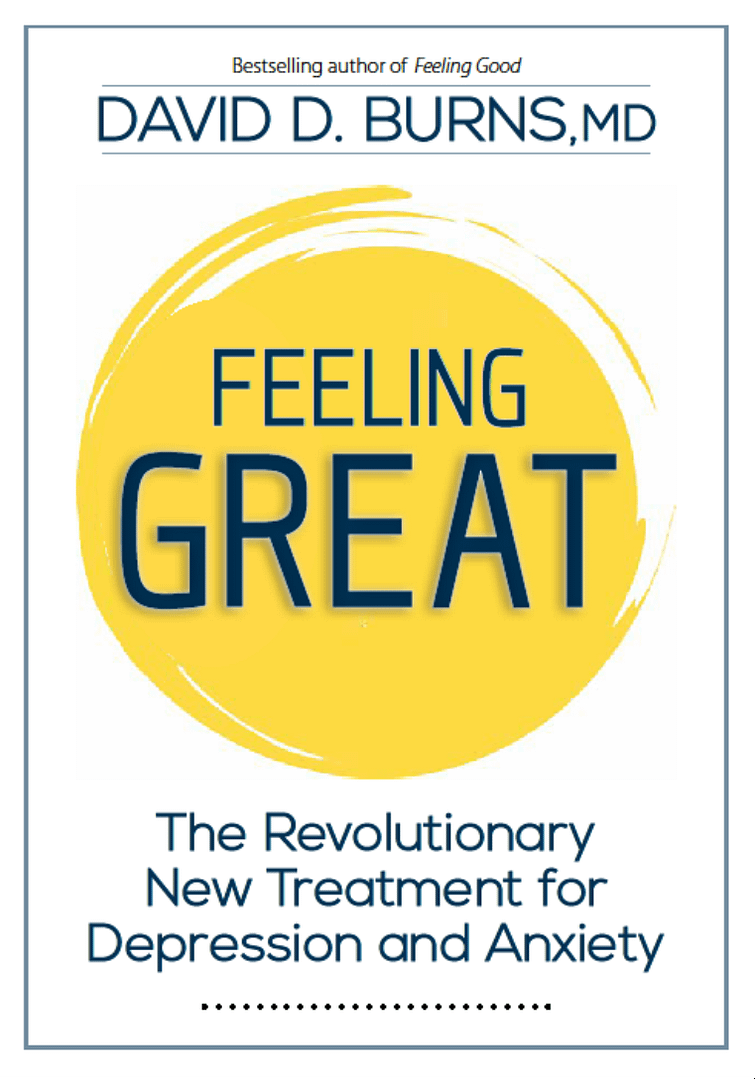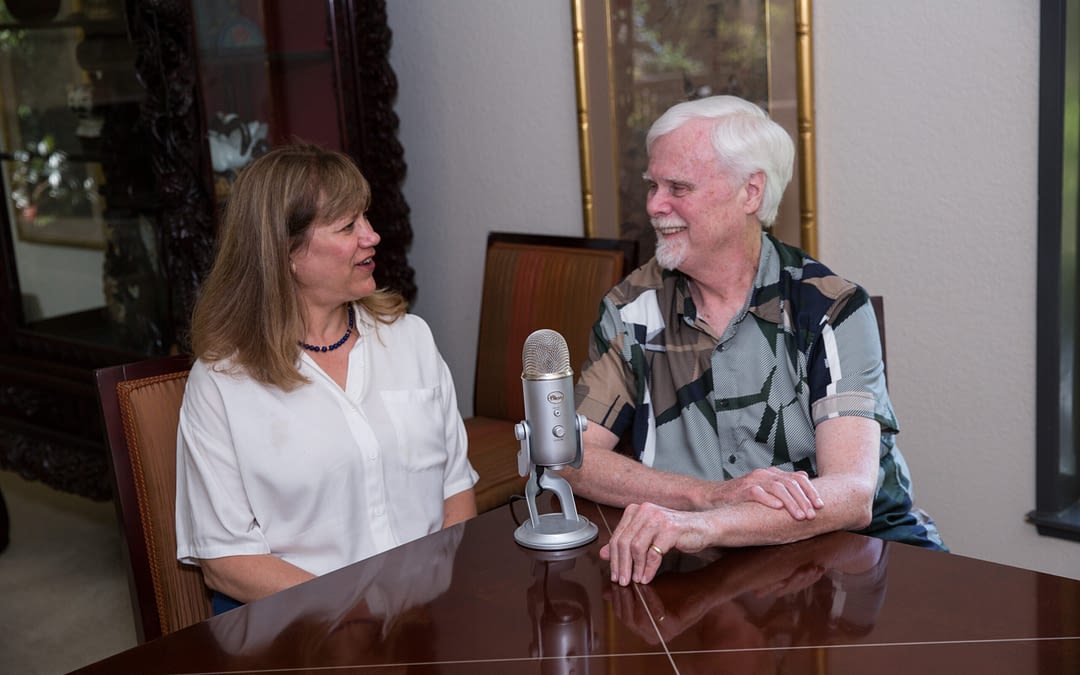Today, the Cognitive Distortion Starter Kit Continues with
Magnification and Minimization
Rhonda begins by reading two beautiful, inspiring emails from Dr. Heather Clague and Dr. Dipti Joshi. Heather and Dipti are also dear friends and esteemed colleagues of David and Rhonda. Rhonda and David begin with a brief overview of distortion #6: Magnification and Minimization. Magnification is when you blow things out of proportion. This is common in anxiety and is also called “Catastrophizing.” For example, during panics patients often tell themselves—and believe—that they are on the verge of something catastrophic, like a stroke, a sudden, fatal heart attack, or losing their minds and becoming hopelessly psychotic. Minimization is just the opposite. You shrink the importance of something like your good qualities or the things you’ve accomplished. Minimization is common in depression. Magnification and Minimization almost always play a big role in procrastination as well. For example, you may Magnify the enormity and difficult of the task you’ve been putting off, and Minimize the value of just getting started on it today, even if you only have a few minutes. I sometimes call this distortion the “binocular trick” because it’s like looking through the opposite ends of a binocular, so things either appear much larger or much smaller than they actually are. Techniques that can be especially helpful include Examine the Evidence, the Semantic Technique, Little Steps for Big Feats, the Experimental Technique, the Double Standard Technique, and Externalization of Voices / Acceptance Paradox. Rhonda brings these techniques to life in a description of a depressed man she recently treated who’s been divorced for 2 to 3 years, and living alone due to the Shelter in Place orders during the Covid-19 pandemic. Although he’s lonely, he’s telling himself that he’s “too depressed and scattered” to be in a relationship. At the start of the session, he feels:- sad, 90%
- panicky, 50%
- ashamed, 50%
- worthless 50%
- alone, 90%
- hopeless90%
- frustrated, 90%
- upset, 90%.



